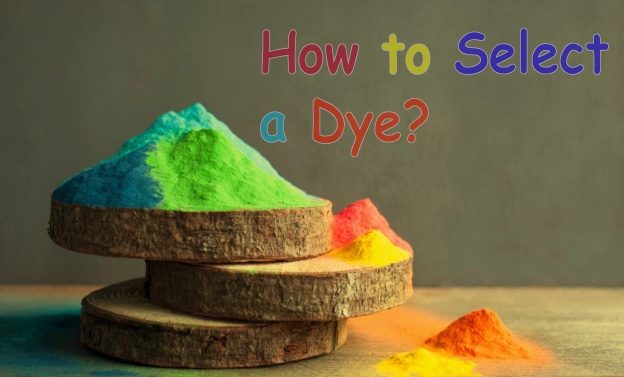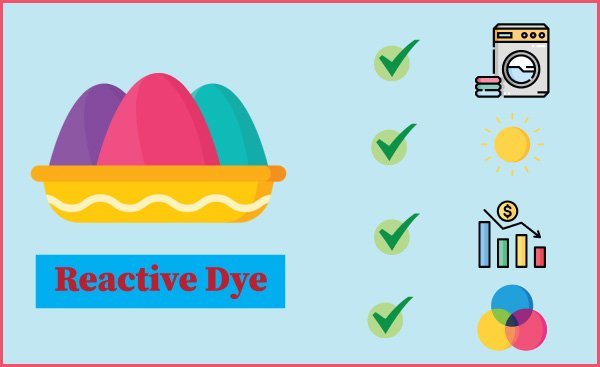How to Select a Dye for Proper Dyeing
Last updated on July 22nd, 2023 at 11:09 am
Selection of Dyes
With the enormous host of dyes available to today’s textile industry, the choices are significant. Aside from each coloring agent’s ability to impregnate fibres and fabrics with different color intensities, each has specific functional characteristics that may make it more suitable for one project than for another.
One of the most important decisions that must be made in dye selection is influenced by the products final use. Colorfastness, the degree to which the dye can withstand fading, is crucial in many cases. Washables, for example, must be colorfast so bleeding, the running of color, will not take place when the garment is laundered or used for swimming. Fading is another factor that must be considered, especially when exposed to sunlight, as in the case of active sportswear.
Fabrics that are improperly colored cause numerous problems for mills, manufacturers, retailers, and consumers. One wrong dyeing decision can generate displeasure for every part of the distribution cycle. The consumer returns the damaged product to the merchant, often causing a refund of the purchase price; the retailer, in turn, returns the product to the manufacturer, requesting credit for returned goods; the producer finally becomes embattled with the mill and requests and adjustment.
An in-depth study of the various dye classes and their properties is appropriate for anyone wishing to enter the textile industry – and, for that matter, anyone interested in a career in any aspect of the fashion world. Some of the general classifications are offered to give an indication of their important characteristics to the apparel, accessories, and home
furnishings industries.
Acid
Excellent to achieve bright colors; not fast to washing, but able to withstand the chemicals used in dry cleaning.
Chrome
Excellent colorfastness to light and washing; however, the resulting colors are dull.
Basic
Bright shades are easily achieved; generally colorfastness to washing and light. Fabrics colored with this dye are usually resistant to crocking; the color will not rub off from friction.
Direct
Poor colorfastness to laundering as well as to light penetration; dry cleanable in most cases.
Disperse
Their potential for colorfastness varies according to the fibres being colored; colorfastness to crocking, perspiration, and dry cleaning is generally good.
Reactive
Perfect for bright colors; good overall colorfastness, except to chlorine, which eliminates it as a useful agent in the dyeing of swimsuit fabrics.
Napthol
Bright colors; colorfastness to light varies, depending on the specific makeup of the dye; colorfast to washing.
Vat
Excellent colorfastness to sunlight, washing and perspiration.





Very useful. Thanks.
So informative.Thanks.